
This is the first installment in a five-part series from TIME International’s annual Summer Journey issue, Travels Through Islam: Discovering a world of change and challenge in the footsteps of the 14th century explorer Ibn Battuta.
In February 1352, Islamic scholar and explorer Ibn Battuta set off from the city of Sijilmasa at the edge of the Sahara to journey with a camel caravan to lands far to the south. The voyage across the desert was a grueling two-month ordeal through salt wastes and terrain “haunted by demons,” yet it was a trek made by many then.
Trade goods and Islam meant the Sahara was a crossroads, not a sandy oblivion. In almost every town he visited in the kingdom of Mali, Ibn Battuta was gifted calabashes and cucumbers by men who had made the hajj, the pilgrimage to Mecca. Upon seeing the Niger River, Ibn Battuta mistakenly concluded he was by the Nile. A crocodile to him looked “just like a small boat.”
TIME contract photographer Dominic Nahr followed Ibn Battuta’s path into sub-Saharan Africa. Starting at tourist-trodden Fez, he went to Sijilmasa, whose ruins, says Nahr, “feel forgotten.”
Through the desert and into Mali, Nahr passed the ancient mud town of Djenné, much the same now as it was in Ibn Battuta’s time. At the shores of the Niger River, Nahr captured the pan-o-rama of an age-old festival, with fishermen sinking their nets en masse. Says Nahr:
“It’s a beautiful mesh of life as half-naked women clean their laundry, men move their goods of wooden boats onto donkey carts and children dip in and out of the water. Walking across a desert with five men holding makeshift fishing nets, I could not have imagined the scene that presented itself in front of me. I was walking backwards focusing on the men when suddenly I hear a roar. I turn around and see hundreds of men with fishing nets waist-deep in a lake taking part in this yearly fishing festival. My heart beat faster as I entered the water.”
Ibn Battuta would have known the feeling.
Ishaan Tharoor is a writer-reporter for TIME and editor of Global Spin. Find him on Twitter at @ishaantharoor. You can also continue the discussion on TIME’s Facebook page and on Twitter at @TIMEWorld.
Dominic Nahr, a TIME contract photographer, photographed the aftermath of the Japanese earthquake and tsunami and the spring uprising in Egypt. Nahr is represented by Magnum. Check back tomorrow for the second photographic installment of TIME’s Summer Journey issue.

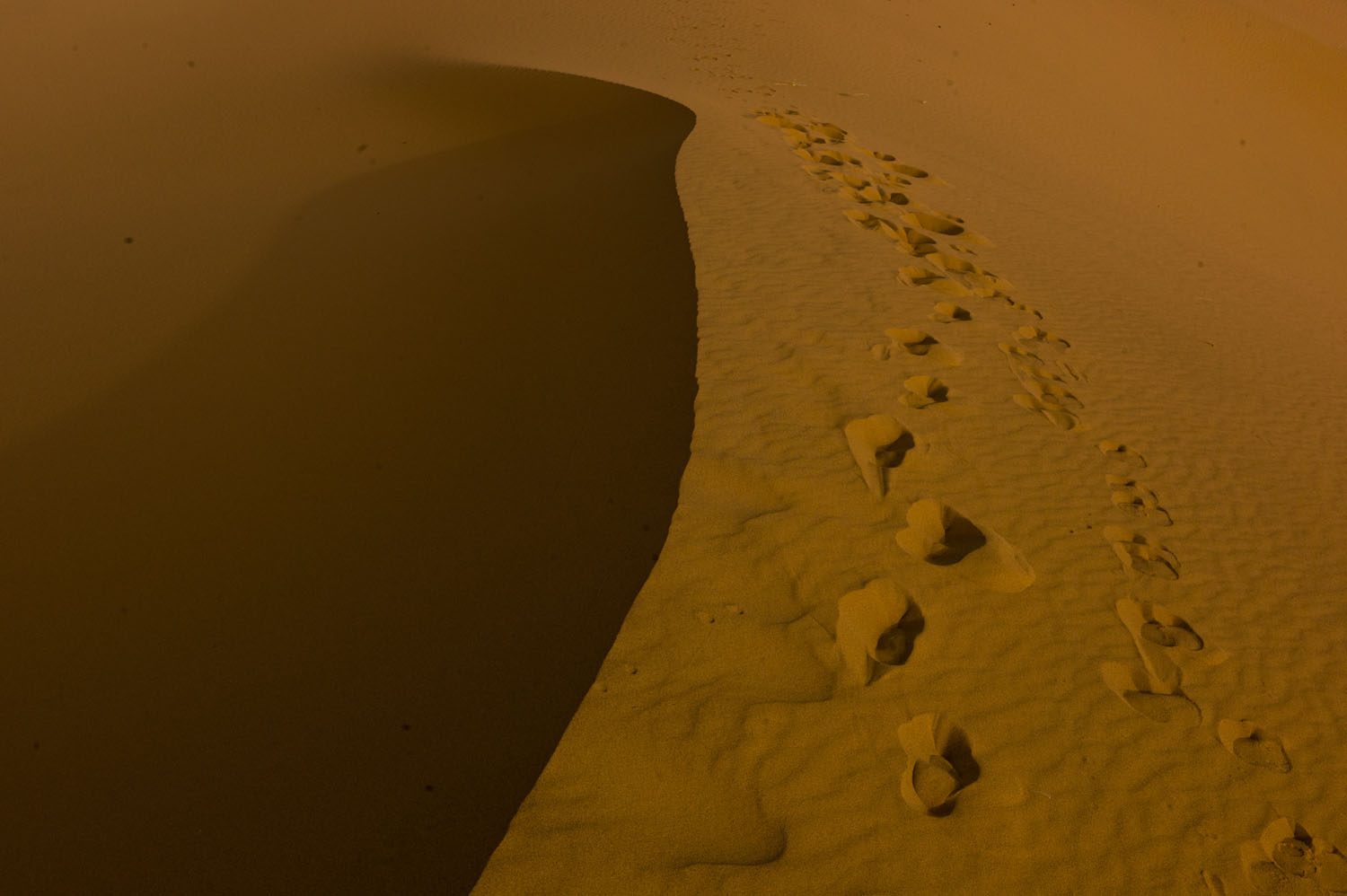

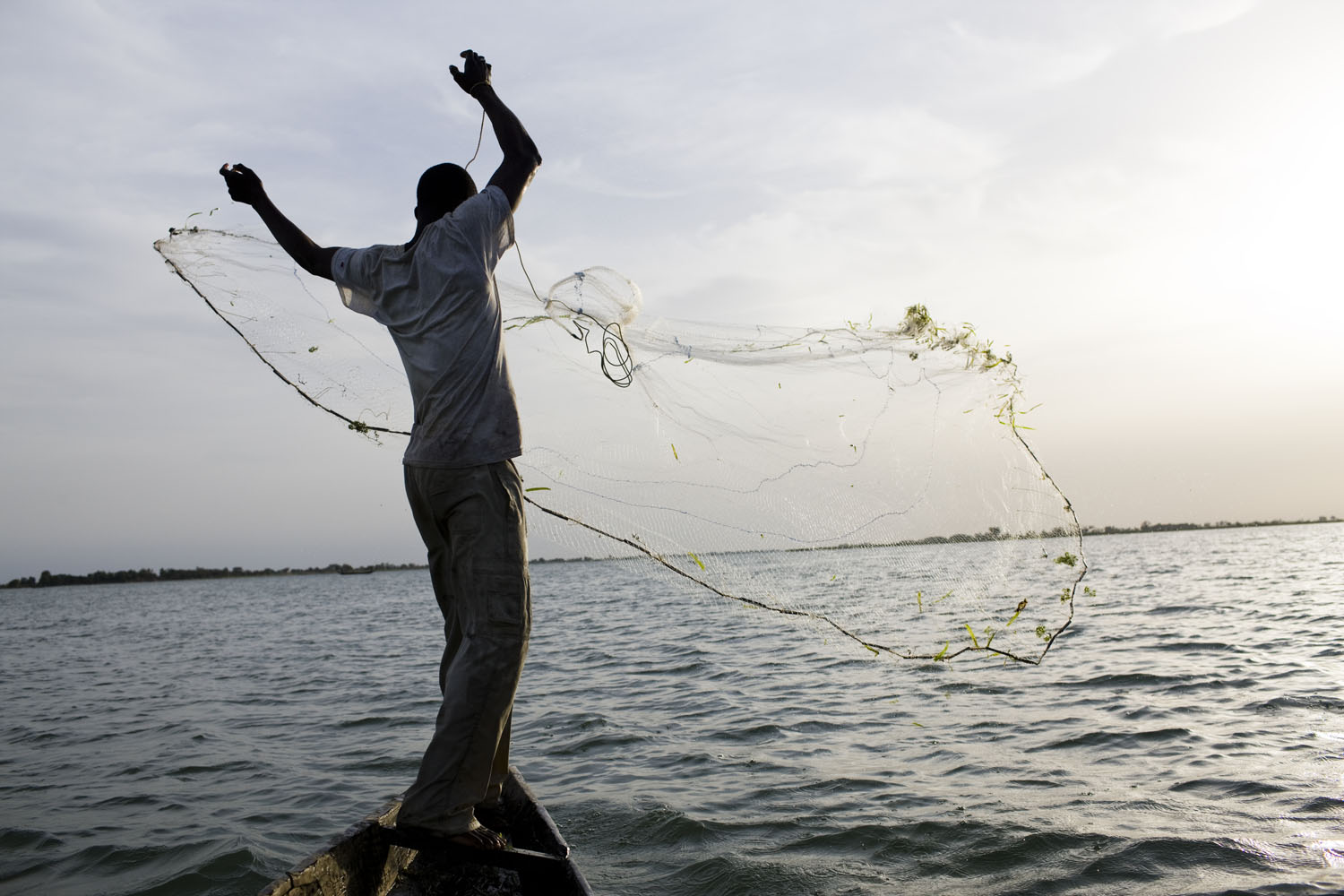
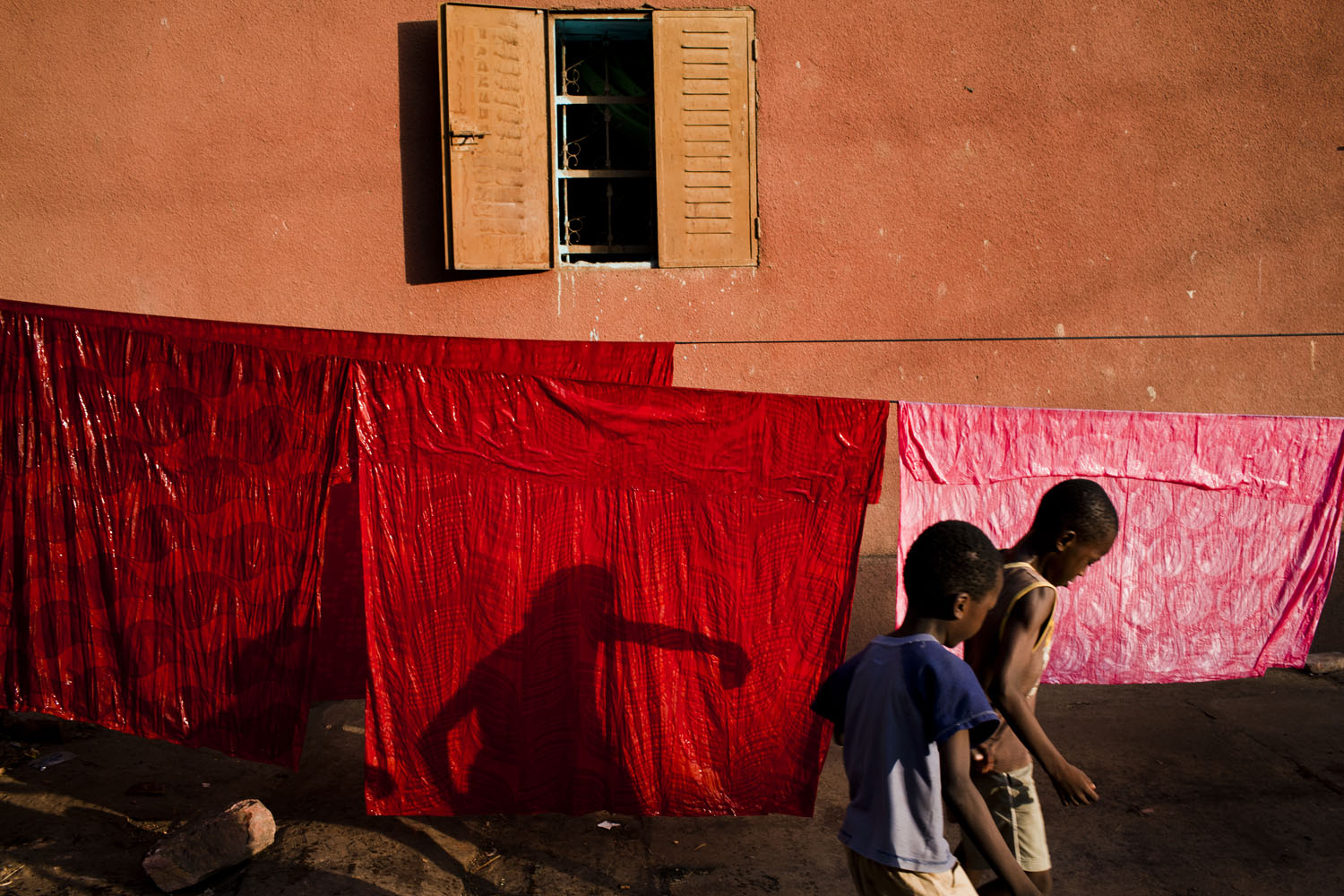
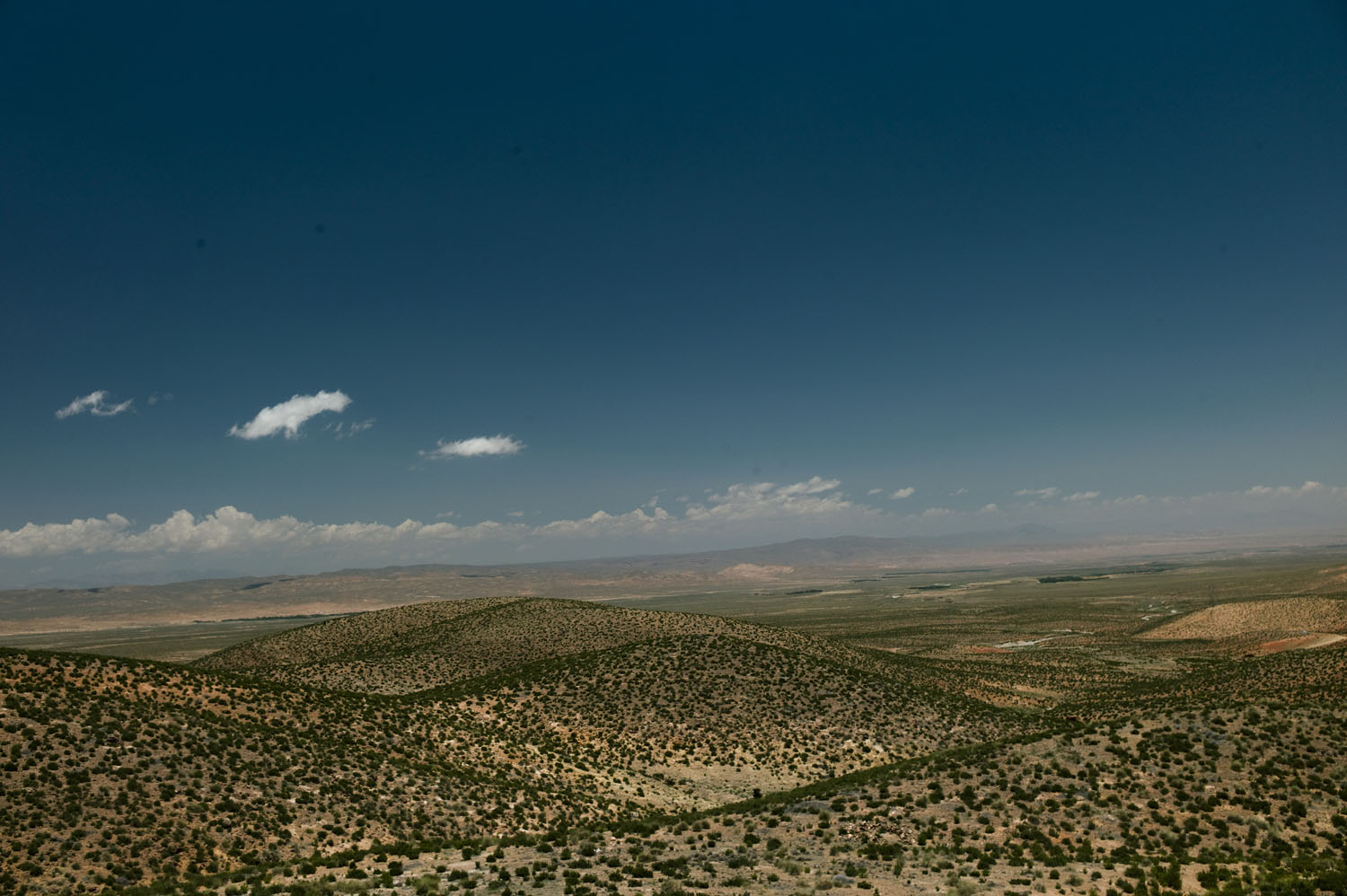
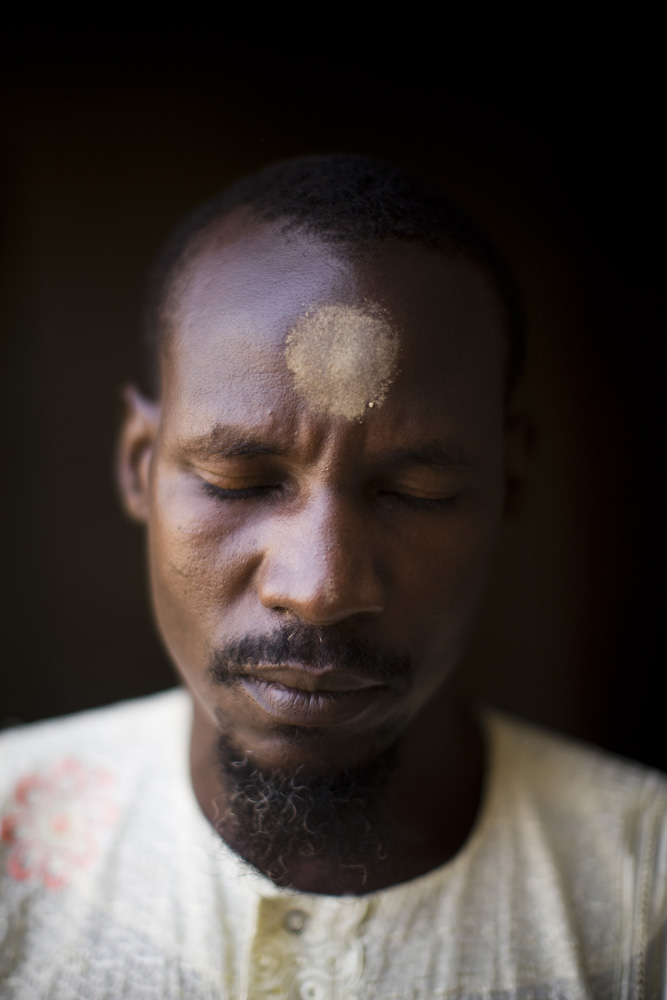


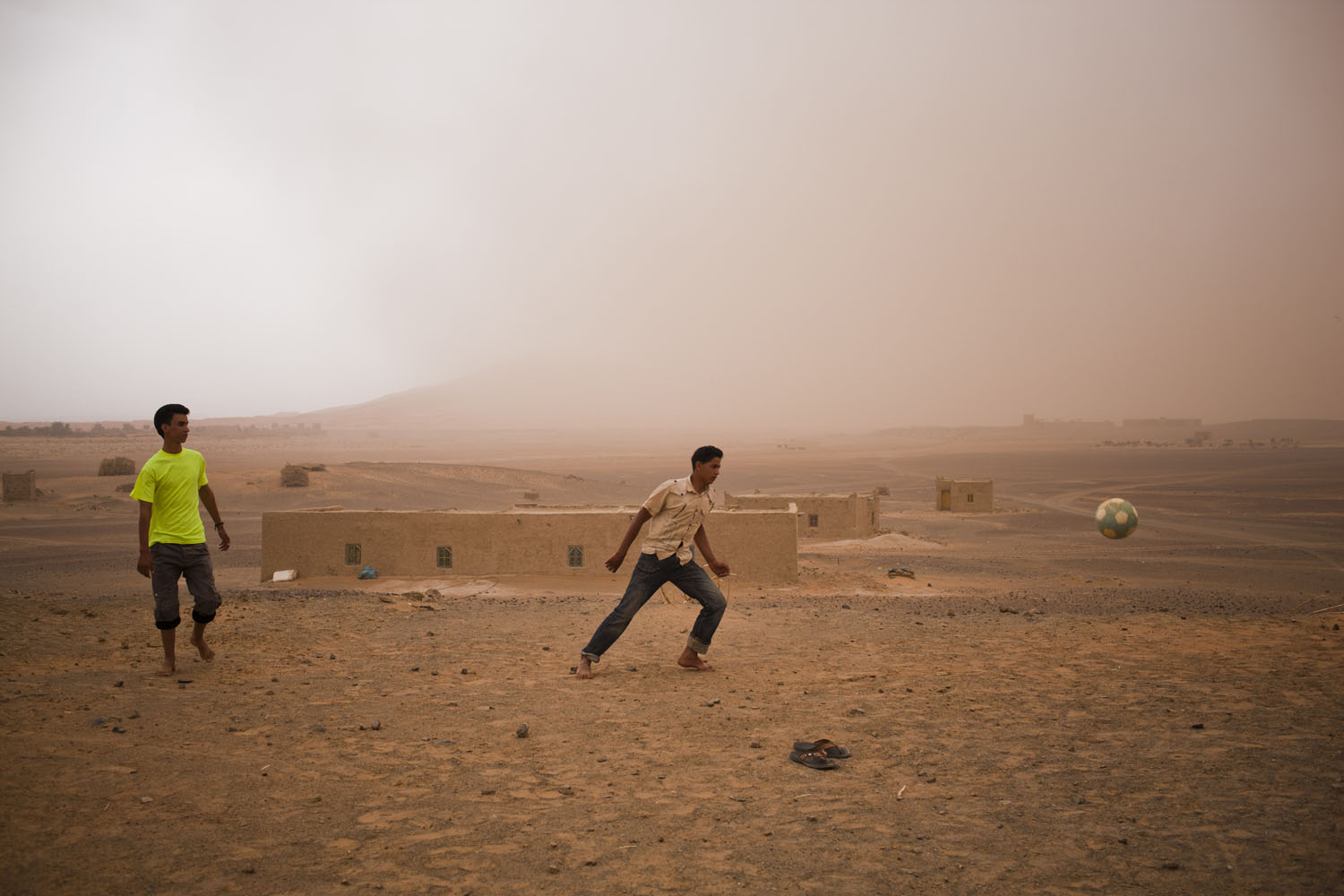

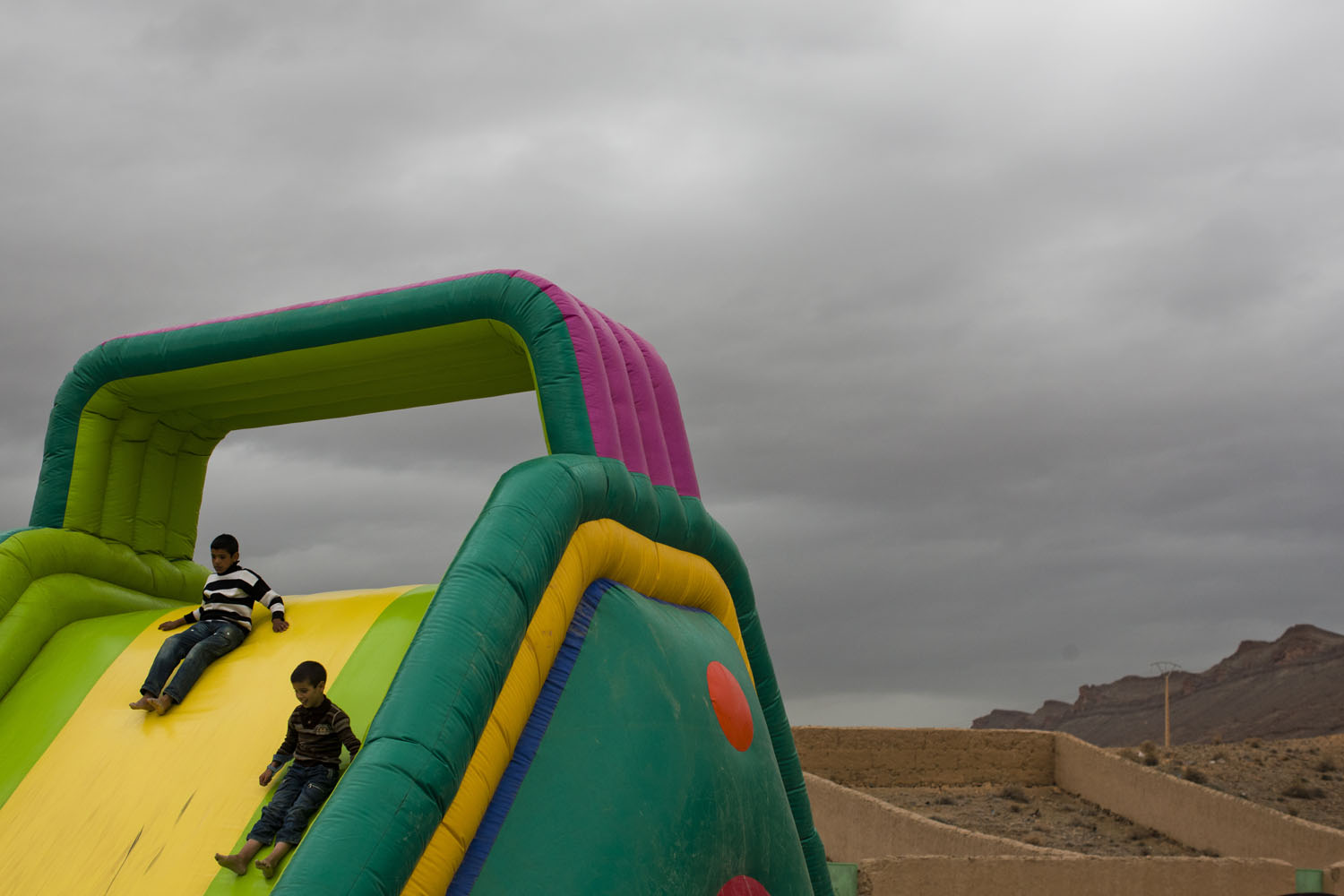


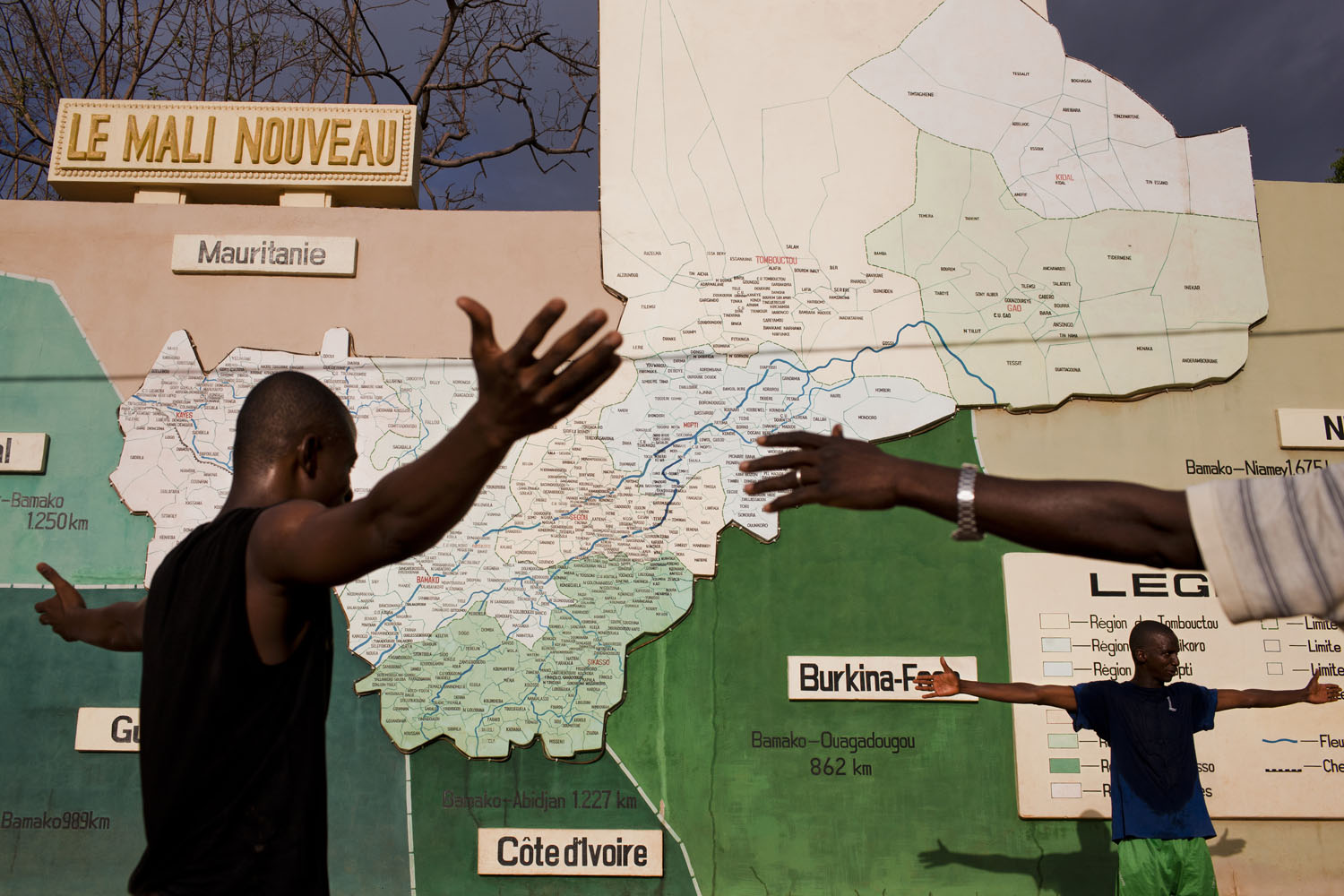
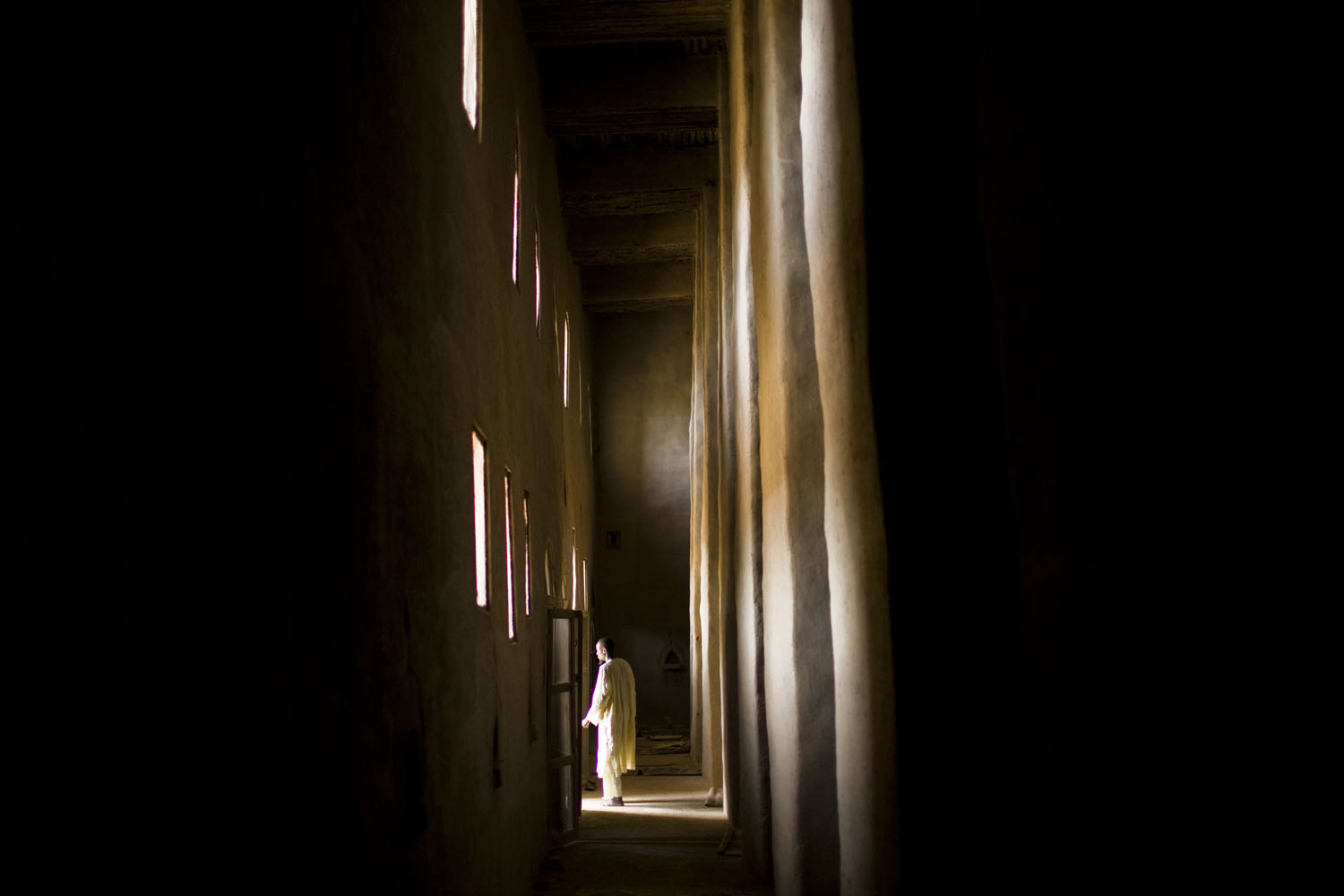




More Must-Reads from TIME
- Donald Trump Is TIME's 2024 Person of the Year
- Why We Chose Trump as Person of the Year
- Is Intermittent Fasting Good or Bad for You?
- The 100 Must-Read Books of 2024
- The 20 Best Christmas TV Episodes
- Column: If Optimism Feels Ridiculous Now, Try Hope
- The Future of Climate Action Is Trade Policy
- Merle Bombardieri Is Helping People Make the Baby Decision
Contact us at letters@time.com